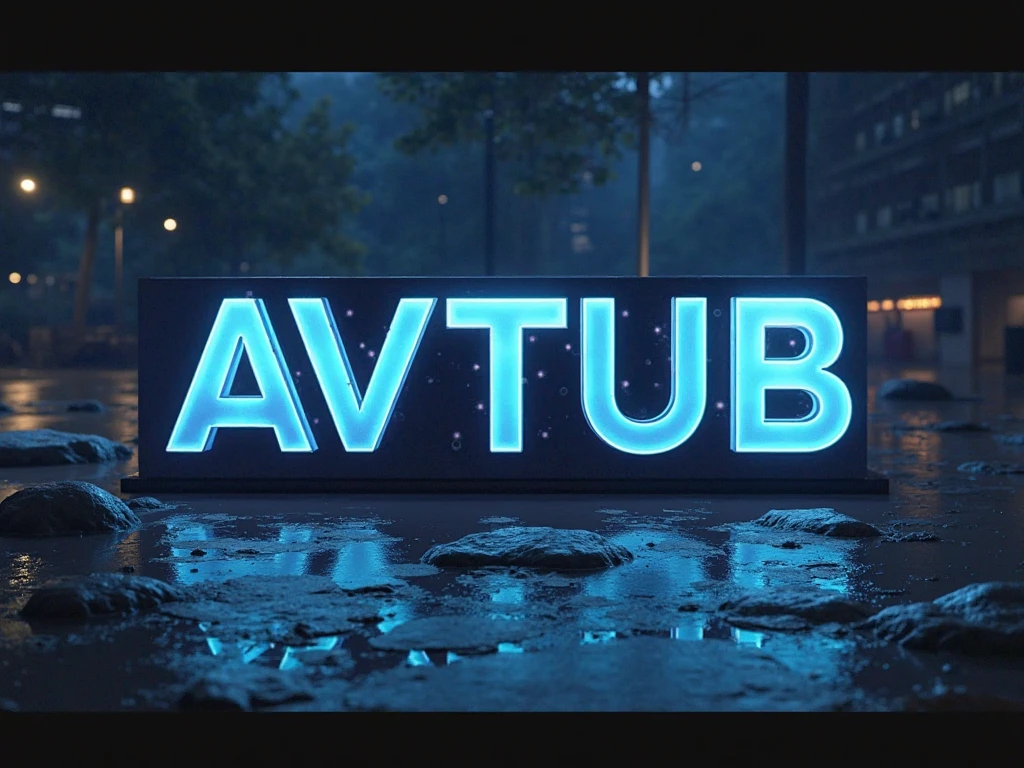1. Introduction: What is “Tech theboringmagazine”?
The keyword “Tech theboringmagazine” represents a unique blend of minimalist, independent media and thoughtful technology commentary. While at first glance the phrase might seem contradictory—technology often associated with innovation and speed, and The Boring Magazine with slowness and simplicity—it’s precisely this intersection that intrigues a growing audience.
In recent years, there has been a strong pushback against the overwhelming noise of tech media—buzzwords, hyperbole, product cycles—and a rising interest in outlets that prioritize substance over spectacle. “Tech theboringmagazine” captures this cultural shift. It’s about reimagining how we think and talk about technology—calmer, deeper, and more intentionally.
Search trends show people are increasingly seeking alternative tech coverage that offers reflective, non-sensationalized perspectives. With attention shifting to digital wellness, slow tech, and ethical innovation, this keyword encapsulates a broader movement within online media and journalism.
2. The Boring Magazine – A Quick Overview
The Boring Magazine isn’t your typical online publication. Founded as a countercultural experiment in digital publishing, it celebrates minimalism, intentional living, and the beauty of slowness. From its stripped-back layout to its editorial tone, everything about the platform screams “anti-hype.”
The magazine covers a wide range of topics including lifestyle, slow fashion, mindful productivity, minimalist design, and select tech pieces. It avoids chasing trends or publishing content that panders to ad algorithms. Instead, it aims to provoke thought, encourage reflection, and celebrate quiet creativity.
This editorial stance sets it apart in a media environment where clickbait and sensational headlines dominate. The Boring Magazine’s readers aren’t looking for the latest gadget drops—they’re seeking meaning. It’s a haven for creatives, thinkers, and minimalists who want to engage with tech and culture in a deeper, less distracted way.
3. Tech in The Boring Magazine: A Minimalist Approach
While The Boring Magazine rarely dives into mainstream tech trends, when it does, it does so with intention and nuance. Unlike conventional tech platforms that prioritize speed, hype, or product launches, this publication focuses on “ethical tech,” “slow tech,” and tools that enhance well-being rather than productivity for productivity’s sake.
Topics have included privacy-first browsers, minimalist smartphone alternatives like the Light Phone, and open-source software that aligns with sustainability and digital wellness. The magazine might profile an indie developer creating distraction-free apps or explore the ethics of facial recognition through a philosophical lens.
The magazine’s slow journalism model means fewer updates—but richer content. Each tech article is deeply researched, devoid of bias, and committed to presenting technology as something to understand, not just consume. This minimalist lens helps filter out the noise and highlight what truly matters in our increasingly digitized world.
4. Why Readers Are Drawn to Indie Tech Journalism
The appeal of indie tech journalism lies in its authenticity and depth. Audiences are tired of corporate-driven narratives, flashy product reviews, and articles designed more for algorithms than humans. People want to understand how tech affects their lives, minds, communities, and even mental health.
The Boring Magazine fills this gap by offering tech analysis that’s grounded in real-world impact, philosophical inquiry, and human-centric design. It speaks to those who question big tech, seek out alternatives, and care about values like privacy, freedom, and sustainability.
In a digital age dominated by noise and speed, indie journalism acts like a reset button. It allows for long-form reflections, genuine storytelling, and nuanced critique—things sorely missing in traditional tech coverage. The Boring Magazine’s approach, calm and deliberate, is deeply refreshing to a growing audience seeking more meaning and less marketing.
5. Notable Features or Articles Under the “Tech” Category
Among The Boring Magazine’s standout tech features are essays such as “Why I Replaced My Smartphone with a Dumb Phone”, and “Designing Tech That Respects Time and Attention.” These articles resonate because they reflect lived experiences and values-driven innovation.
A common theme in these articles is personal agency—choosing tools that serve people rather than manipulate them. Pieces often feature indie developers or creators working on projects like FOSS (free and open-source software), decentralized platforms, and analog-digital hybrids.
Another powerful example was an interview with the founder of Minimal Twitter, a browser extension that declutters social media. The tone is always respectful, critical where needed, but never sensational. This makes their tech content ideal for readers looking to engage in intentional digital living.
6. The Intersection of Aesthetics and Technology
The Boring Magazine doesn’t just write about minimalist tech—it embodies it. The website’s design is clean, fast-loading, and refreshingly distraction-free. No intrusive ads, autoplay videos, or popups. Its user experience (UX) is a study in digital restraint.
This philosophy extends to its technology choices: the site uses lightweight code, optimized typography, and responsive design that prioritizes reader comfort over engagement metrics. It’s a conscious rejection of bloatware in both design and ideology.
By merging aesthetics with technology, The Boring Magazine offers an inspiring model of what responsible, sustainable, and human-centered tech platforms could look like. It shows that simplicity can be powerful—and that digital experiences don’t need to be loud to be meaningful.
7. Tech Contributors and Editorial Voice
The tech contributors at The Boring Magazine often come from non-traditional backgrounds—designers, ethical hackers, philosophers, indie app developers, and privacy activists. This eclectic mix brings rich perspectives to each article.
Their editorial voice is marked by curiosity, skepticism, and thoughtfulness. They don’t jump on bandwagons. Instead, they critically explore topics like AI ethics, blockchain for good, and the social consequences of surveillance capitalism.
By avoiding sensationalism and offering measured, critical insight, The Boring Magazine sets a standard for tech writing that values integrity over virality. Readers know they can trust the platform to present nuanced, well-researched content free from hype or hidden agendas.
8. The Audience: Who Reads “Tech theboringmagazine”?
The typical reader of The Boring Magazine’s tech section is not your average gadget-lover. They’re more likely to be designers, indie developers, writers, digital wellness advocates, and minimalists. They value depth, clarity, privacy, and intention.
This audience is skeptical of big tech and seeks alternatives—be it Linux over Windows, Signal over WhatsApp, or Mastodon over Twitter. They appreciate content that respects their intelligence and doesn’t treat technology as entertainment but as an extension of human values and behavior.
Community interaction tends to happen subtly—via comment sections, email newsletters, or curated online forums rather than social media blast zones. This creates a more meaningful digital environment where ideas are shared deliberately, not reactively.
9. SEO & Digital Reach: Is “Tech theboringmagazine” a Growing Trend?
Search interest in terms like “Tech theboringmagazine” reflects a broader pattern in media consumption. Queries for “slow tech,” “indie media,” and “privacy-first apps” have risen steadily. This shift highlights a hunger for more sustainable, values-driven digital lifestyles.
While The Boring Magazine doesn’t optimize for virality, its organic reach is strong. Articles are often shared by influencers in ethical tech, designers, or academics who value the magazine’s tone and perspective. It ranks well for long-tail keywords related to minimalist living and alternative tech.
The publication also shows promise for future monetization through memberships, digital downloads, or niche sponsorships aligned with its values. Its slow-and-steady growth strategy reflects its editorial philosophy—and is proving successful with its audience.
10. How to Pitch or Submit Tech Content to The Boring Magazine
Writers and creators interested in contributing to The Boring Magazine should understand its core values: intentionality, depth, and independence. Tech pitches should avoid trends and instead focus on human stories, ethics, or alternative approaches to innovation.
Accepted content includes:
- Thought pieces on digital minimalism
- Reviews of indie or open-source tools
- Ethical critiques of mainstream tech trends
- Interviews with slow tech advocates
Don’ts include PR-style product reviews, buzzword-laden articles, and anything that feels rushed or superficial. Submissions typically go through an editorial review, and accepted pieces may be collaboratively edited for clarity, tone, and alignment with the magazine’s style.
11. Alternatives and Comparisons
There are a few publications in the same orbit as The Boring Magazine:
- Low Tech Magazine: Covers sustainable, off-grid technology with deep technical and philosophical insights.
- Noema: A high-brow publication exploring the intersection of tech, society, and philosophy.
- Tech Won’t Save Us: A podcast and media project critiquing Silicon Valley narratives.
While these outlets vary in format and tone, they share The Boring Magazine’s commitment to deeper thinking and social responsibility. However, The Boring Magazine stands out for its design-first approach and minimalist voice, creating a unique hybrid between art and analysis.
12. Conclusion: Why “Tech theboringmagazine” Matters in 2025
In 2025, where tech is everywhere—and often overwhelming—Tech theboringmagazine represents a countercurrent. It offers a rare kind of digital space: one that’s quiet, ethical, and deeply thoughtful. It invites us not just to use technology but to question and reimagine it.
As readers seek media that respects their time and intelligence, publications like The Boring Magazine will only grow in importance. They don’t promise speed or spectacle—but they deliver meaning.
If you’re tired of hype and hungry for clarity, minimalism, and truth in tech, Tech theboringmagazine might just be your new favorite read.



